Hanes, Hellerman launch Sharp Journalism Seminar with call for curiosity
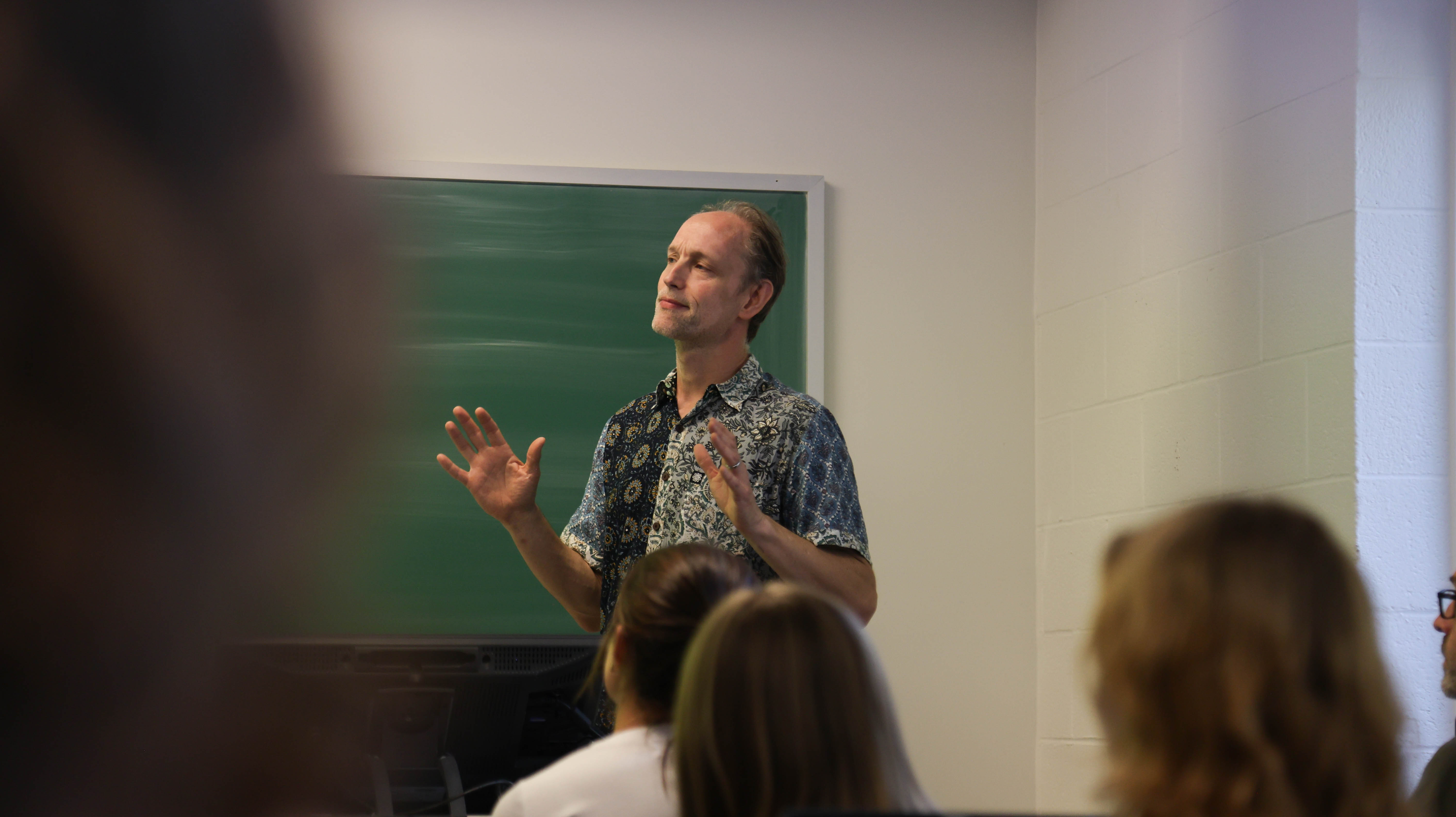 Could journalism provide an antidote to some of the most pressing problems of our moment—distraction, divisiveness, and indifference?
Could journalism provide an antidote to some of the most pressing problems of our moment—distraction, divisiveness, and indifference?
For the twelve students in this year’s Sharp Journalism Seminar, which kicked off Sept. 8 in Blow Hall’s Grimsley Boardroom, the message from their instructors was clear: if not a panacea, high-quality journalism – fueled by curiosity – provides thoughtful life lessons for the reporter, readers, and perhaps even our republic.
Stephanie Hanes, environment and climate change writer for the Christian Science Monitor, leads the 4-credit two-semester course and, for the first class, was joined by medical journalist Caleb Hellerman of the Global Health Reporting Center.
“Paying attention is under attack in America now,” Hanes told students. “So, as a journalist, you have to train yourself to open your aperture, to listen to others who are different, with different perspectives, and observe with intention.”
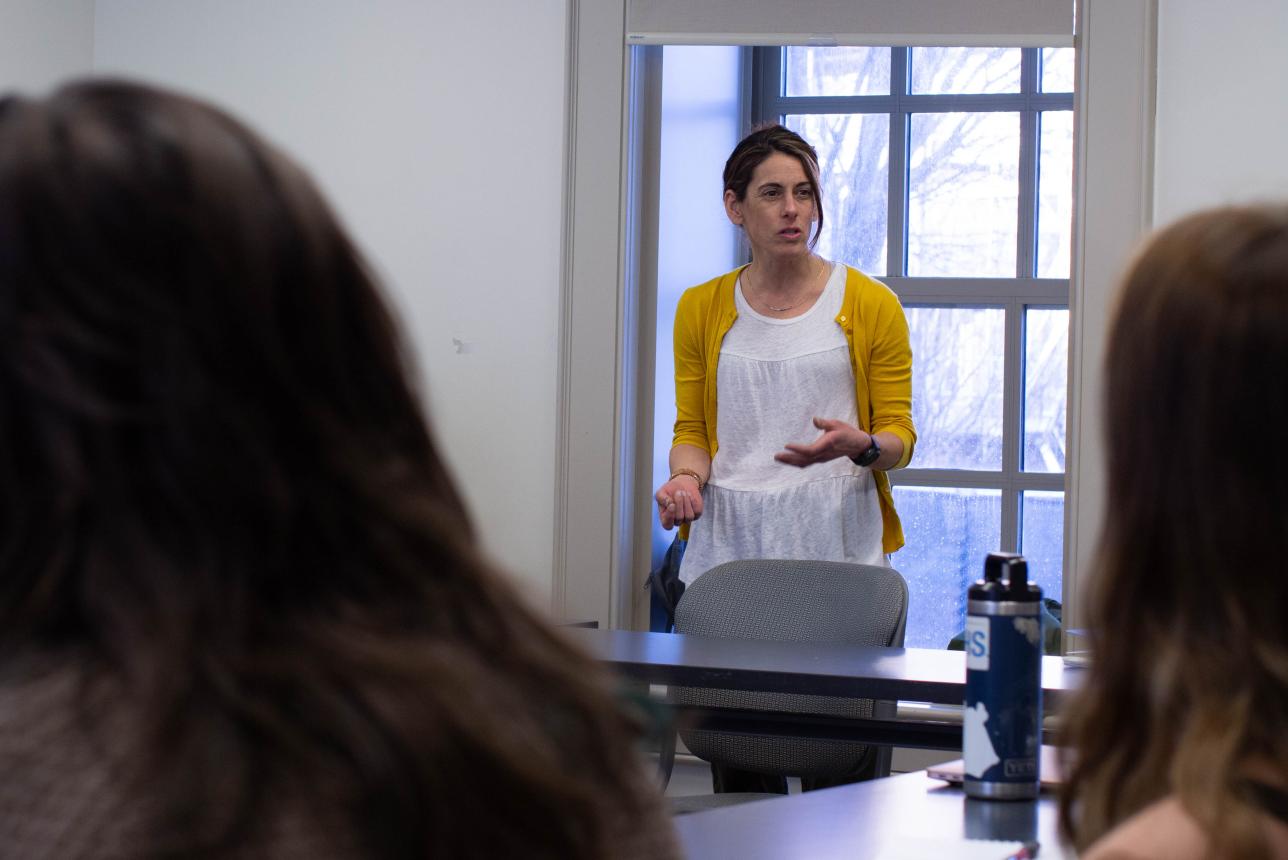 Hanes urged students to sharpen their reporting skills, beginning with “deeply interrogating your own beliefs and perspectives and making sure that what’s guiding you is curiosity, not a position,” she said. “Good journalism is inquiry-driven and isn’t a linear process. If you’re reporting a story well and sponging it all up, your working theory changes course constantly.”
Hanes urged students to sharpen their reporting skills, beginning with “deeply interrogating your own beliefs and perspectives and making sure that what’s guiding you is curiosity, not a position,” she said. “Good journalism is inquiry-driven and isn’t a linear process. If you’re reporting a story well and sponging it all up, your working theory changes course constantly.”
Hellerman echoed Hanes while explaining the throughline in his career as reporter, director, and producer with such outlets as CNN, ABC News, and the PBS NewsHour: “As journalists, the heart of what we do is driven by curiosity,” he said.
The Sharp seminar, now in its fourteenth year, is sponsored by the Charles Center, in close partnership with the Pulitzer Center, a nonprofit journalism and education organization based in Washington, DC. Both Hanes and Hellerman are among dozens of journalists worldwide who receive Pulitzer Center support for their innovative reporting projects.
In the course’s first semester, students practice pitching a topic of their choosing, identifying sources, and transforming that topic into a story through rigorous research, hands-on reporting, and the craft of creative nonfiction writing. The shift from academic writing to prose for a public audience can be challenging for students, according to Hanes.
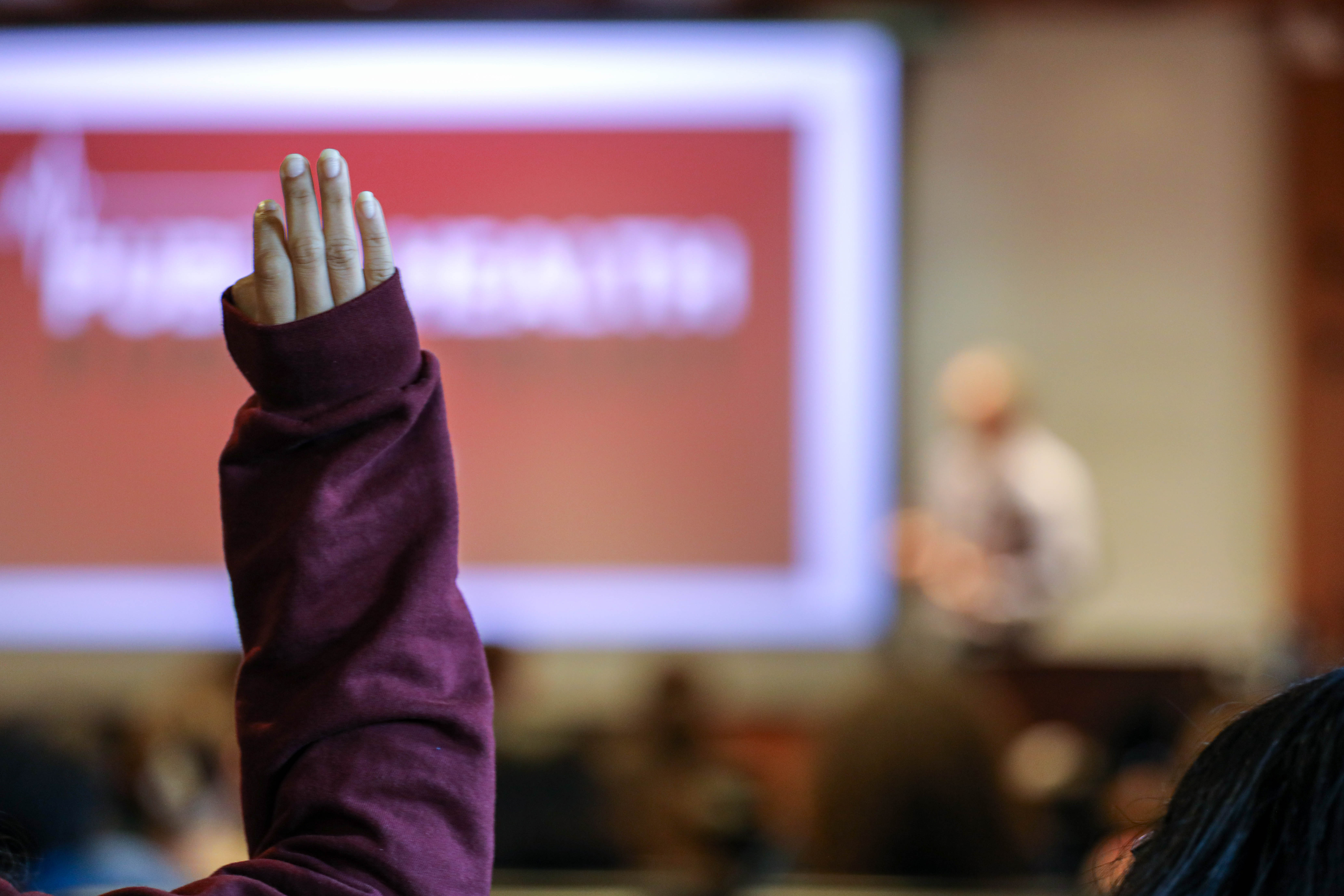 “Journalism takes students out of the academy and into the world,” Hanes said. “We want you to talk to other humans, face to face; to step into their lives, join them at work, follow them on quests, and understand their hopes and fears. Journalism takes the intellectual, mixes it with the tangible, and then tells a story.”
“Journalism takes students out of the academy and into the world,” Hanes said. “We want you to talk to other humans, face to face; to step into their lives, join them at work, follow them on quests, and understand their hopes and fears. Journalism takes the intellectual, mixes it with the tangible, and then tells a story.”
Most of the students’ reporting occurs over winter break, when a Charles Center travel grant supports in-person, on-site interviews with sources. Last year’s cohort traveled to places as nearby as Norfolk and Washington, DC, and as far-flung as San Francisco and Tokyo.
In the spring, Hanes works closely with students to shape and narrow their stories into long-form pieces for nonspecialist audiences that are then published on the Pulitzer Center website.
Throughout the process, Hanes provides mentorship and an editor’s tough love, informed by years as a professional journalist, first as a newspaper reporter, then as a foreign correspondent, and now as staff writer for an international magazine that takes her around the world reporting on climate and environmental issues.
“Working with William & Mary students is a highlight of my year,” Hanes said. “Their enthusiasm, thoughtfulness, and eagerness to jump into journalistic reporting and writing always brings me back to the best parts of my job.”
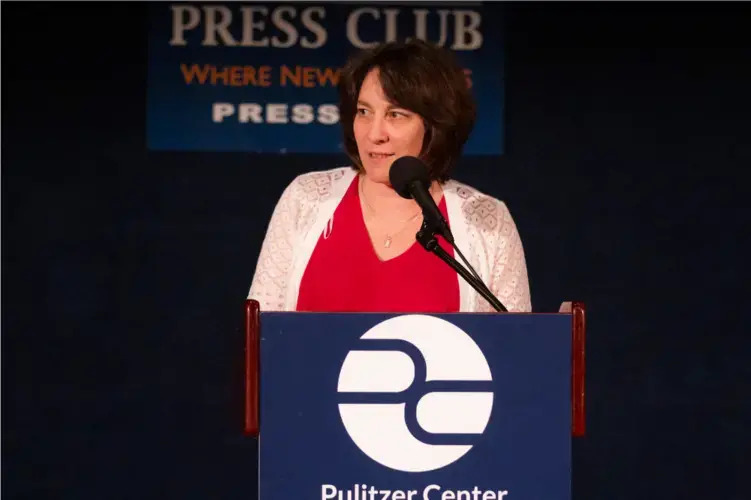 Students also benefit from the editorial guidance of Ann Peters, director of university and community outreach for the Pulitzer Center, who also worked as a professional journalist at home and abroad and has guided W&M’s Sharp seminar since its inception.
Students also benefit from the editorial guidance of Ann Peters, director of university and community outreach for the Pulitzer Center, who also worked as a professional journalist at home and abroad and has guided W&M’s Sharp seminar since its inception.
Founded in 2011, the seminar is supported by Anne Sharp ’82 and Barry Sharp ‘81, whose vision for greater mentorship at W&M for aspiring undergraduate journalists inspired the program’s design. The course continues to evolve in response to the rapidly – and drastically – changing field of journalism.
“From the beginning, the Sharp seminar has been dedicated to expanding students' horizons,” Peters said. “We wanted them to use their strong research skills and academic interests to learn foundational journalistic techniques to craft clear stories for other citizens on important topics of the day. It's wonderful to see how many students are eager to embark on this opportunity year after year."
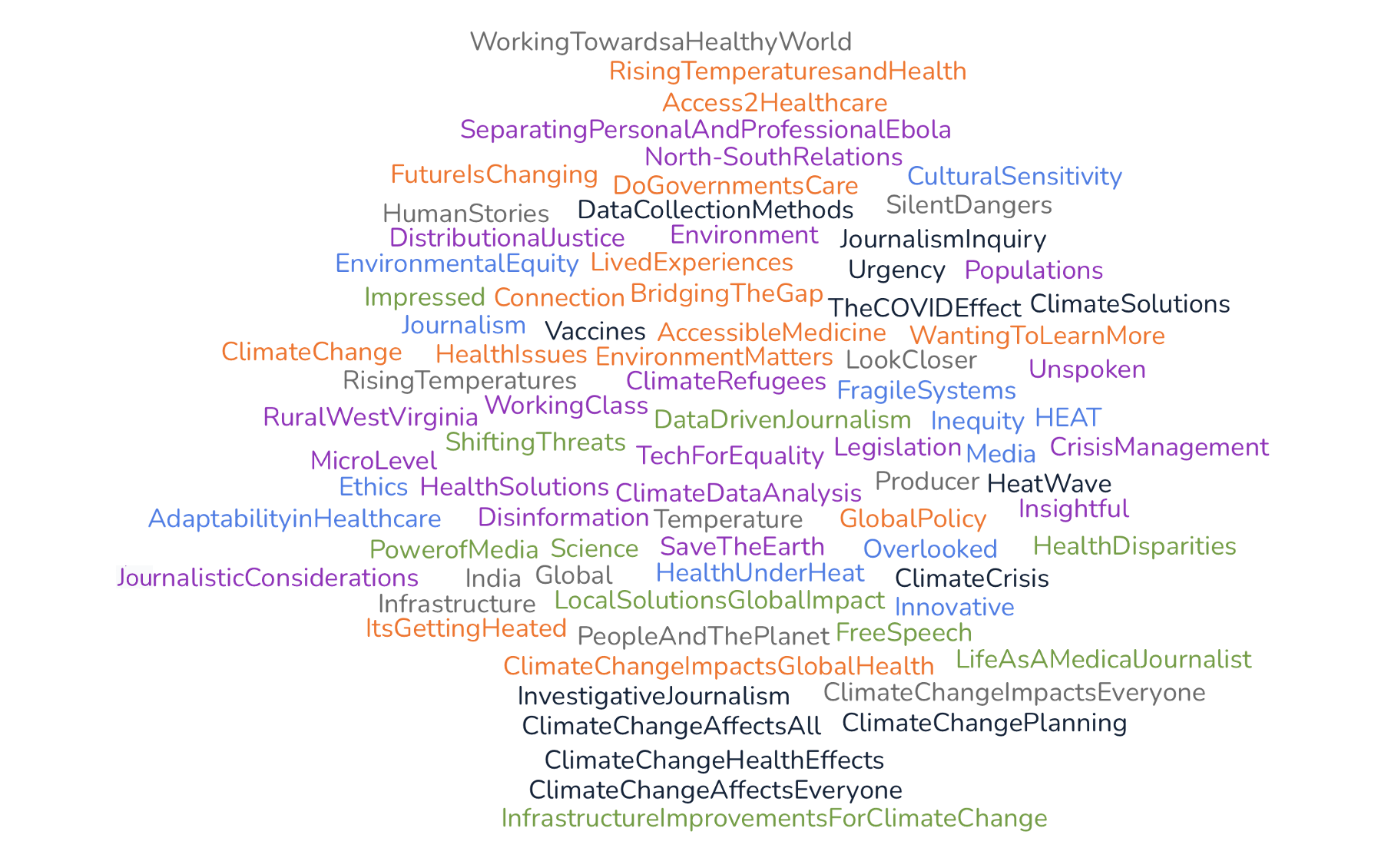 Another set of aims, Peters said, is to show students the interdisciplinary nature of journalism and to open their eyes to how they might incorporate reporting and media literacy into whatever careers they pursue.
Another set of aims, Peters said, is to show students the interdisciplinary nature of journalism and to open their eyes to how they might incorporate reporting and media literacy into whatever careers they pursue.
The seminar not only provides close mentorship to those enrolled in the course but seeks to realize the Sharps’ vision of connecting professional journalists in a mentorship capacity to the broader campus community in as many meaningful ways as possible, according to Peters. Visiting journalists typically visit students and faculty in the classroom and meet informally with small groups of students, when possible.
During his whirlwind three-day visit, Hellerman delivered a public talk in Tucker Hall Theatre hosted by the Sharpe Community Scholars Program, met with 1693 Scholars and Flat Hat filmmakers in small settings over lunch, and visited two classes – Assistant Professor of Sociology Reya Farber’s Politics of Global Health class and Sociology Professor Brent Kaup’s Environmental Sociology class.
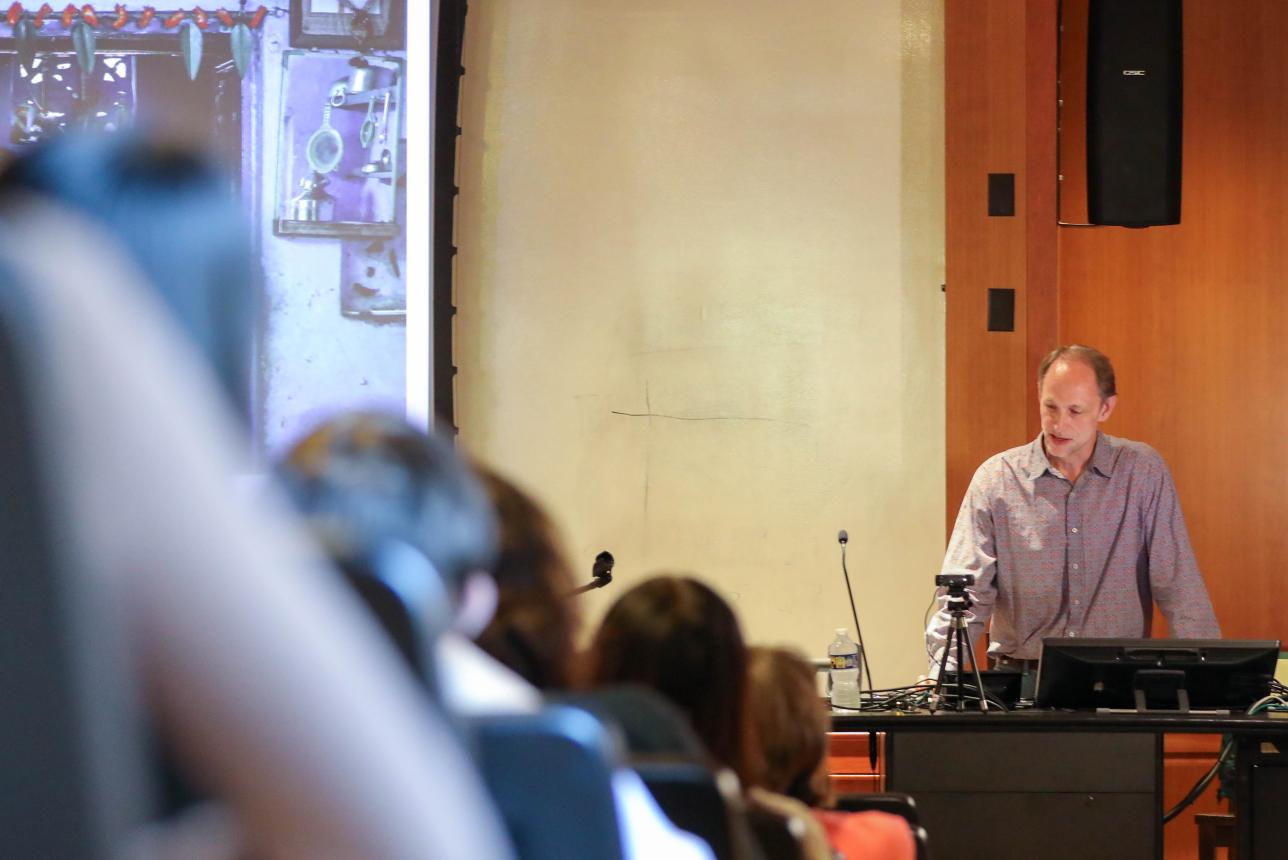 In the classroom, it was students’ turn to ask the journalist questions. “As a journalist, you have a license to be nosy – to ask others nosy questions,” Hellerman told Farber’s students, explaining what drew him to the field initially. “Our job is to build a world out of words and images and create an emotionally resonant experience that represents multiple voices with integrity.”
In the classroom, it was students’ turn to ask the journalist questions. “As a journalist, you have a license to be nosy – to ask others nosy questions,” Hellerman told Farber’s students, explaining what drew him to the field initially. “Our job is to build a world out of words and images and create an emotionally resonant experience that represents multiple voices with integrity.”
Assignments have taken Hellerman to such far-flung spots as a Cuban crocodile preserve, a Brazilian DNA-modified mosquito factory, and an Ebola vaccination clinic in Sierra Leone.
“One of the things you get to do as a journalist is you get to go places other people aren’t able to get to,” Hellerman explained to Kaup’s class. “We get a kind of backstage pass to see all sorts of things other people will never be able to see, and we have to somehow find a way of conveying it to them.”
Public policy major Harper Wagner ’27 said she enjoyed the class discussion and seeing how multiple fields – environmental science, sociology, and journalism – intersected in unexpected ways in Hellerman’s reporting.
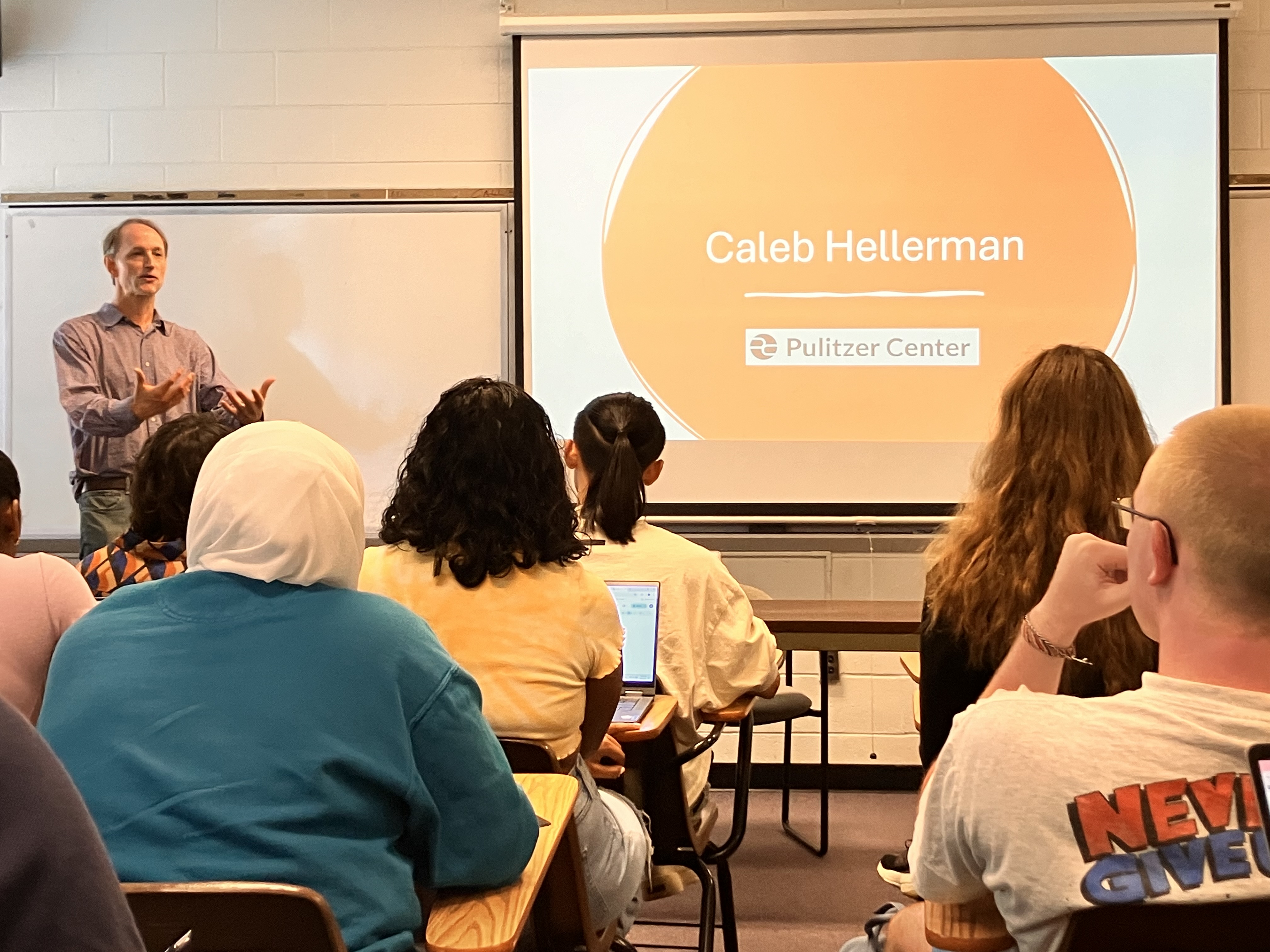 “The most interesting thing to me about Caleb's work as a health science journalist is the crossing of fields between science and journalism,” Wagner said. “Being able to take on both journalism and science from a different lens and perspective, being able to travel the world, and just simply being in love with the work and process was inspiring to see.”
“The most interesting thing to me about Caleb's work as a health science journalist is the crossing of fields between science and journalism,” Wagner said. “Being able to take on both journalism and science from a different lens and perspective, being able to travel the world, and just simply being in love with the work and process was inspiring to see.”
Like any good journalist – or teacher – Hellerman responded to many student queries with tough questions of his own, ones that students will likely continue to grapple with throughout the academic year and, perhaps, their lives: How do you create a true two-way conversation with those you’re speaking to or interviewing? Whose voices need to be a part of the conversation? And how do you best represent opposing viewpoints with integrity?
Current Sharp Seminar students will present their work at a showcase to be held at 4pm March 27, 2025, in the Grimsley Boardroom (Blow Hall 201). Seminar alum and New York Times video journalist Claire Hogan ’22 will moderate the panel discussion.
Applications for the 2025-26 seminar will open in the spring and will be due April 1, 2025.














